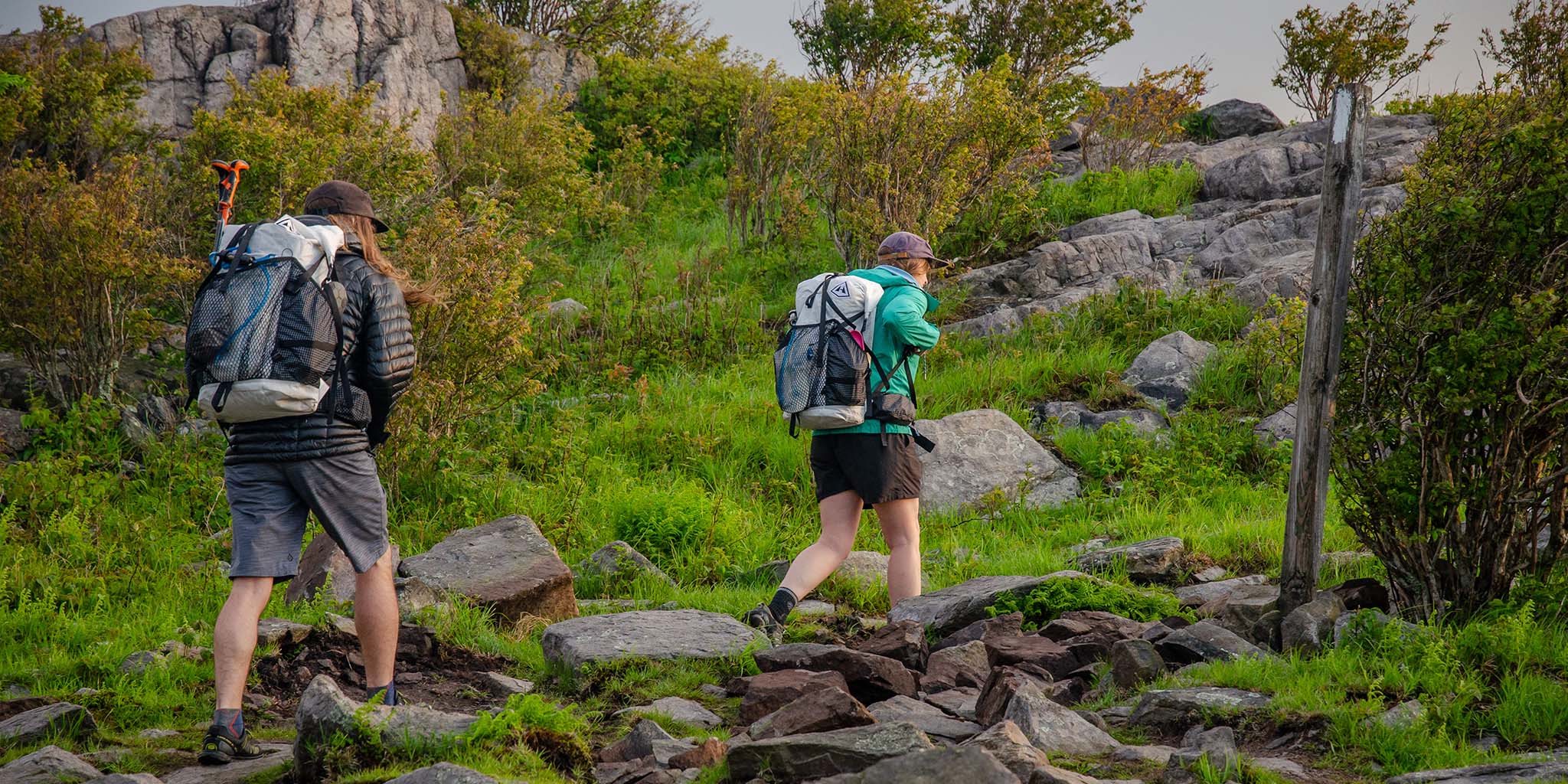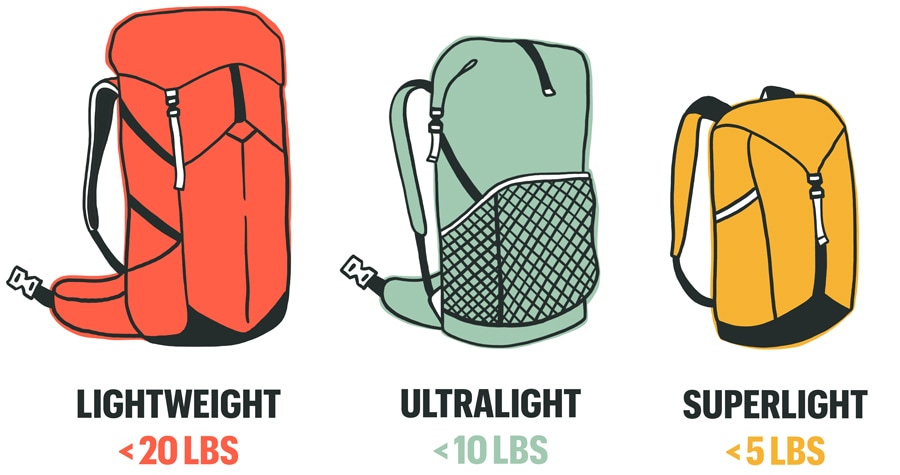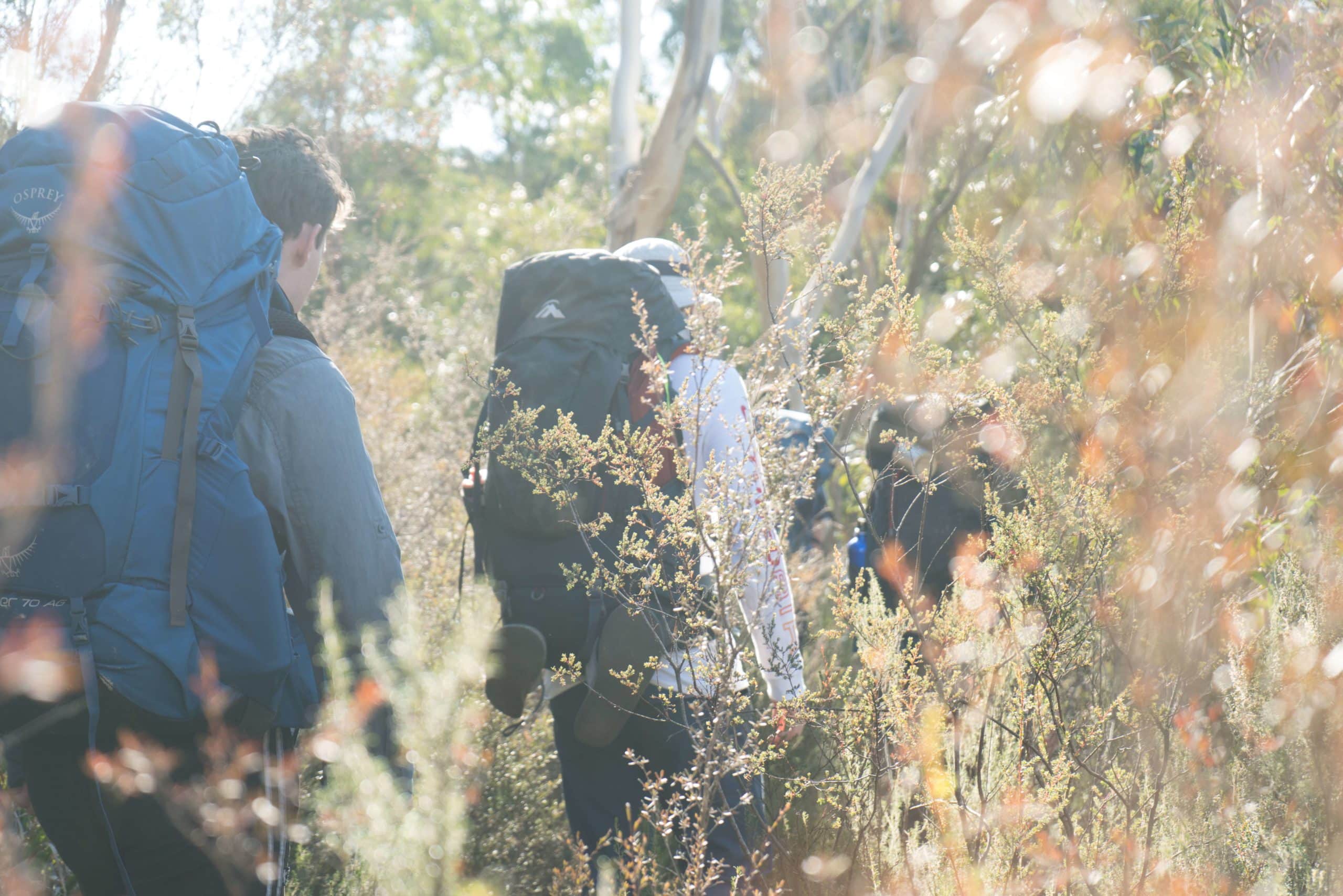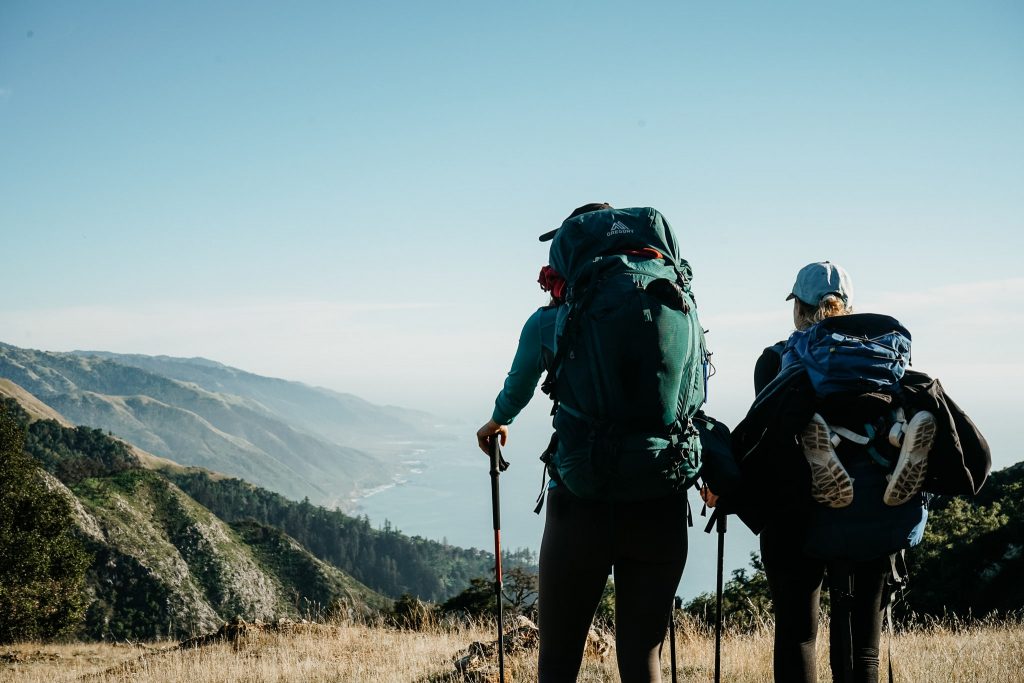Roads & PavementRoads & Pavement
Barefoot
Minimal
Low
Medium
High
Maximal
All around running shoes offer comfort and cushioning for daily runs, jogs, walks, and long mileage. They offer enough versatility for both faster and slower runs and are a great option for those who want one running shoe to do it all.
Fast run or uptempo running shoes are lightweight and responsive. They offer streamlined designs that have minimal uppers and offer a high level of energy return. These shoes are a great option for faster runs in the week or those looking for a livelier experience.
Max Cushion shoes offer premium cushioning with ample ground protection and a stable ride. These types of shoes provide abundant impact protection that softens landings while running at any pace or distance. These types of shoes are best for slower recovery runs and easy days where comfort takes priority.
Racing shoes are designed with optimal performance in mind. These types of shoes have snug-fitting uppers, energetic midsole foams, and features implemented for maximum efficiency. These types of shoes are best for runners looking to gain the ultimate advantage in races but may sacrifice some durability and comfort.
Gym Workout shoes offer a stable and versatile ride. They have a firmer underfoot feeling that provides stability for lateral movements with comfortable uppers. These types of shoes are best for trips to the gyms, cross training, casual wear, and light running. 2024 THE APPALACHIAN TRAIL GEAR LIST AND AN IDEAL BASE WEIGHT FOR HIKI
Road running shoes feature smooth outsoles that are designed for running on paved surfaces such as roads, sidewalks, and bike paths.
Designed to handle most trail runs, these shoes prioritize comfort and a smooth ride. These shoes are great for anything from smooth singletrack, park trails, and fireroads making them ideal for those who run from their doorstep on streets before hitting the trail.
These shoes are best used for hard, rugged trails such as shale, granite or sandstone where grip on smooth surfaces and underfoot protection are important.
Designed for use in muddy, soggy conditions, these shoes feature very aggressive outsoles that dig deep into soft ground for exceptional traction.
These shoes feature technical outsoles designed to grip snowy and icy trails making them ideal for winter trail running.
Cushioning level, or stack height, refers to how much shoe is between your foot and the ground. For this category, we reference the amount of cushioning below the forefoot as the heel height will be equal to or greater than the forefoot height.
How to Reduce Base Weight Without Replacing Your Big Three The Trek
0-13mm. The Shoe generally does not have a midsole and feels like there is no cushioning. This shoe is all about feeling the ground underfoot.
14-18mm. The shoe has a thin midsole that allows for a natural running experience. Racing shoes and minimalist shoes are common here. These shoes offer a feeling of being connected to the road or trail.
19-23mm. The shoe has a slightly cushioned feel and may feature added cushioning technologies. Performance training shoes and some trail shoes are common here. These offer protection during footstrike but prioritize a lightweight, grounded experience.
24-28mm. These shoes have a stack height that fall near the middle of the spectrum.The shoes in this category are verstaile and great for all types of runs and distances.
29-34mm. The shoe has a thick midsole and ample cushioning. These shoes are highly protective and absorb more impact than the body.
35mm plus. The shoe has an extremely thick midsole and extra cushioning. The focus is on protection and soft foam underfoot with hardly any ground feel.
Neutral shoes support the foot through a normal range of arch collapse and generally do not have a built-in technology to correct movement.
Stability shoes are a great option for those who overpronate or need added support. These shoes help to limit the inward rolling motion of the ankle while running or walking and assist in guiding the foot straight through the gait cycle. Ultralight Backpacking Gear Essentials REI Expert Advice
Product Details:
Hike Oregon Have you experienced gear shaming or base weight sales, How Much Should Your Backpack Weigh on a Thru Hike The Trek sales, What Is Base Weight and How to Lower it Dutchware sales, How Much Should Your Pack Weigh REI Expert Advice sales, Hikin Jim s Blog Proportional Total Pack Weight sales, What is a Good Backpacking Base Weight How to Lighten Your Backpack sales, Why I Don t Stress About Base Weight YouTube sales, Chasing Ten with Dylan Suhr sales, 10 Ways to Lighten Backpacking Pack Weight Therm a Rest Blog sales, Here s my gear for a month on the PCT 25 lb base weight. Can I sales, Midweight Backpacking Gear List 15 lb Base Weight Erik The sales, How to Go Ultralight Backpacking Garage Grown Gear sales, Should Trekking Poles Count in Base Weight Gossamer Gear sales, greenbelly Ultralight Backpacking Gear List 8 lb Base Weight sales, 2024 THE APPALACHIAN TRAIL GEAR LIST AND AN IDEAL BASE WEIGHT FOR HIKI sales, Why I Don t Stress About Base Weight sales, A Beginner s Guide to Ultralight Backpacking Novapro Sports sales, What is a Good Backpacking Base Weight How to Lighten Your Backpack sales, What is Backpacking Base Weight Hinterback sales, Ultralight Backpacking Gear Essentials REI Expert Advice sales, How to Reduce Base Weight Without Replacing Your Big Three The Trek sales, 2024 THE APPALACHIAN TRAIL GEAR LIST AND AN IDEAL BASE WEIGHT FOR HIKI sales, Super Ultralight Gear sales, What Is Base Weight and How to Lower it Dutchware sales, Ultimate Guide to Ultralight Backpacking Gear sales, Thru Hiking 101 Backpacking Base Weight Calculator FarOut sales, How to pack ultralight for a long distance walk 4.6kg base weight sales, Backpacking Base Weight What it is and how to lower it sales, Cutting pack weight by HALF and lessons learned The Trek sales, Low Budget but high quality Ultralight Gear sales, Going Lightweight Part 1 backpackinglight sales, The Best Backpacking Weight Calculator For Hiking Gear sales, What is a Good Backpacking Base Weight How to Lighten Your Backpack sales, What is a Good Backpacking Base Weight How to Lighten Your Backpack sales, Backpacking Base Weight LiteTrail sales, What Is Base Weight for Backpacking What You Should Really Focus sales, Pack Shakedown 101 The Difference Between Base Weight and Total sales, Backpacking base weight vs total pack weight Which is more sales, How Much Should Your Pack Weigh REI Expert Advice sales, 8 Tips for Lowering Your Pack Weight Garage Grown Gear sales, What Is Backpacking Base Weight sales, What Is Backpacking Base Weight sales, What is base weight and how do you calculate it Ultralight Hiker sales, Under 2 kg Base Weight SUL Summer Backpacking Hiking in Finland sales, 10 FREE Ways To Reduce Base Weight Backpacking sales, How Much Should Your Backpack Weigh on a Thru Hike The Trek sales, 12 lb Base Weight Gear List The Trek sales, What Is Base Weight for Backpacking What You Should Really Focus sales, My Complete Gear List and Base Weight 14 Pounds The Trek sales, The Importance of a Low Base Weight Zpacks sales, Product Info:
Hiking base weight sales.
- Increased inherent stability
- Smooth transitions
- All day comfort
Model Number: SKU#7432927





